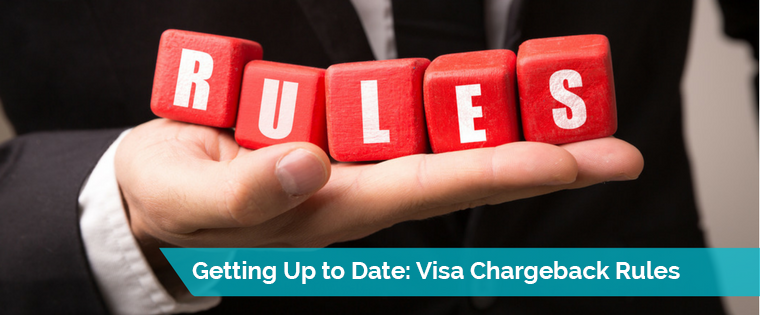
It’s important to remember that as a merchant you do have rights and can fight back against credit card chargebacks. All too often we hear from merchants who mistakenly believe that they are helpless in responding to chargebacks and are simply at the mercy of the customer. This could not be further from the truth. You do have rights and you can respond to and fight back against credit card chargebacks.
The more knowledge and understanding you have about chargebacks, the better off you will be. This knowledge translates into better business practices, improved communications, proactive customer service, improved use of integrated solutions, and the ability to respond and react without panicking when you do receive a chargeback.
The Credit Card Chargeback Process
Chargebacks were introduced to protect customers from credit card fraud. It may appear that the chargeback process was designed with only the customer’s needs in mind. However, as you learn more about the chargeback process, you can see that merchants are just as important as the customer. The misconception with whom the credit card chargeback process really serves is lacking in information.
This lack of information results in confusion, mistakes, errors, and ultimately a failure to correctly represent your case when fighting a chargeback. To make sure you’re ready to respond to chargebacks, let’s take a look at some of the most common mistakes made and how you can ensure you’re able to avoid these.
- Not having the correct documentation To respond to a chargeback, you must provide the required documentation. Each chargeback comes with its own set of documentation requirements, and knowing the details of the reason code will go a long way in building your representment case. Generally, you’ll need to provide the following documentation: proof of delivery (a signed receipt for the goods will help you a lot), CVV evidence (proof that the CVV was provided helps to validate the purchase), refund/return policy (all credit card issuers require proof that your return/refund policy is clearly visible throughout the sales process), and all documented communication (this includes any communication with your customer service team or other general inquiries).
- Taking too long to respond Time is of the essence when responding to a credit card chargeback. The customer has up to two years to file a chargeback, but you do not have similar liberties with time. Typically, you have a maximum of 45 days from the date of the chargeback to respond with representment. When you factor in the time it takes for you to be notified of the chargeback and then conduct representment, often you’ll have about 14 days to collect your evidence and respond to the chargeback.
- Wasting your efforts When there is an absence of communication between you and your acquirer, you may discover that you’ve been preparing a case for a chargeback that the acquirer is already addressing. There are scenarios when the acquirer decides to push back against the chargeback, meaning you don’t need to spend your time on responding. It’s up to you to know the practices of your acquirers and how they respond to chargebacks and if they have an automatic representment process in place.
- Being complacent You spend a lot of time and resources developing, researching, marketing, and building brand loyalty—which is why you can’t become complacent in the face of credit card chargebacks. Make sure you have solutions in place that allow you to track and monitor every chargeback from start to finish. This allows you to see common themes and issues that can be contributing to chargebacks. You might also learn of holes in your system that make it easy for customers to commit fraud, or learn that your refund/return policy is not as clearly displayed as you beleived.
Respond to Chargebacks with Real Solutions
In an ideal scenario, you’d be able to respond to credit card chargebacks alone. You could respond with your rebuttal letter, provide your evidence, and wait optimistically for a win.
The chargeback process is cumbersome, slow, and difficult to navigate. You need to have right solutions in place. A solution such as Cardholder Dispute Resolution Network (CDRN) works for you to prevent chargebacks from occurring, to collect data and information about your sales and customers, and provides you the tools you need to correctly respond to credit card chargebacks. You need real solutions and experts working for and with you to help provide exactly what your business needs.












